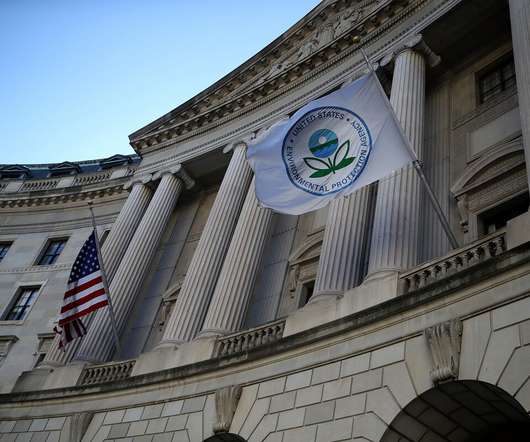Honeywell Global Turbo Forecast projects 49M turbocharged vehicle sales, $12B revenue per year by 2019
Green Car Congress
SEPTEMBER 30, 2014
The automotive turbocharging industry will generate $12 billion in revenue by equipping 49 million vehicles with turbochargers annually by 2019, according to Honeywell Turbo Technologies’ 2014 Global Turbo Forecast. In addition to improving fuel efficiency, downsized turbocharged engines also reduce harmful exhaust emissions.















Let's personalize your content